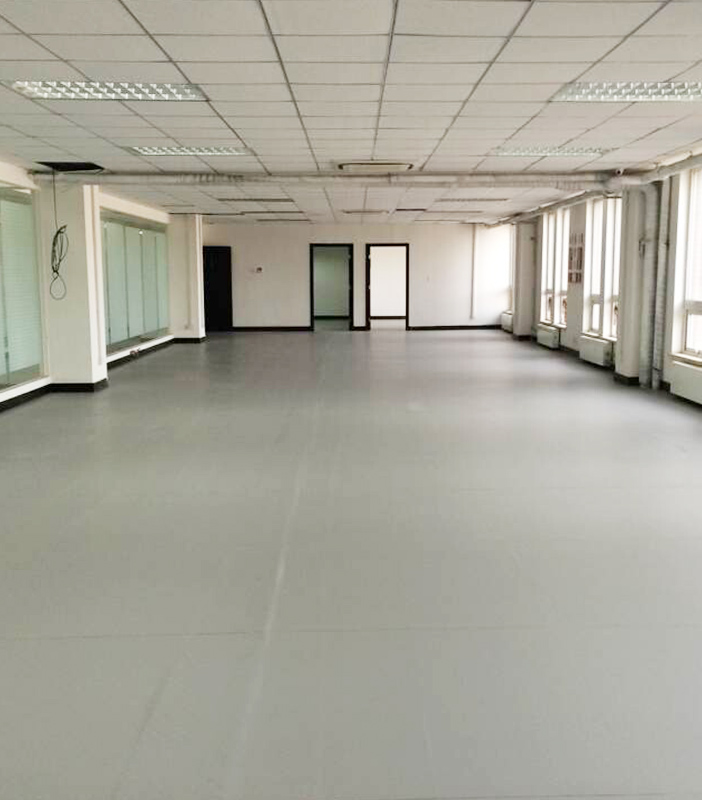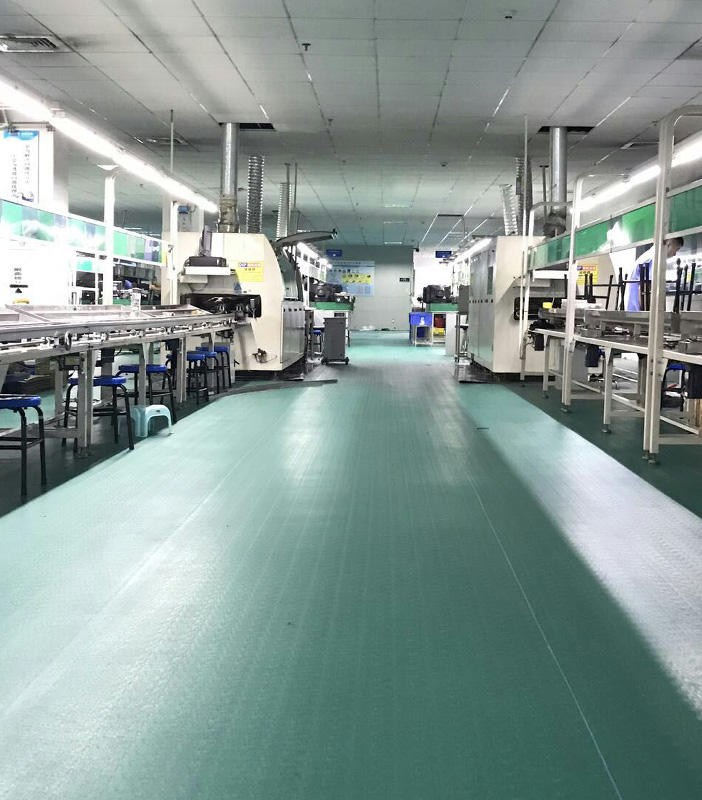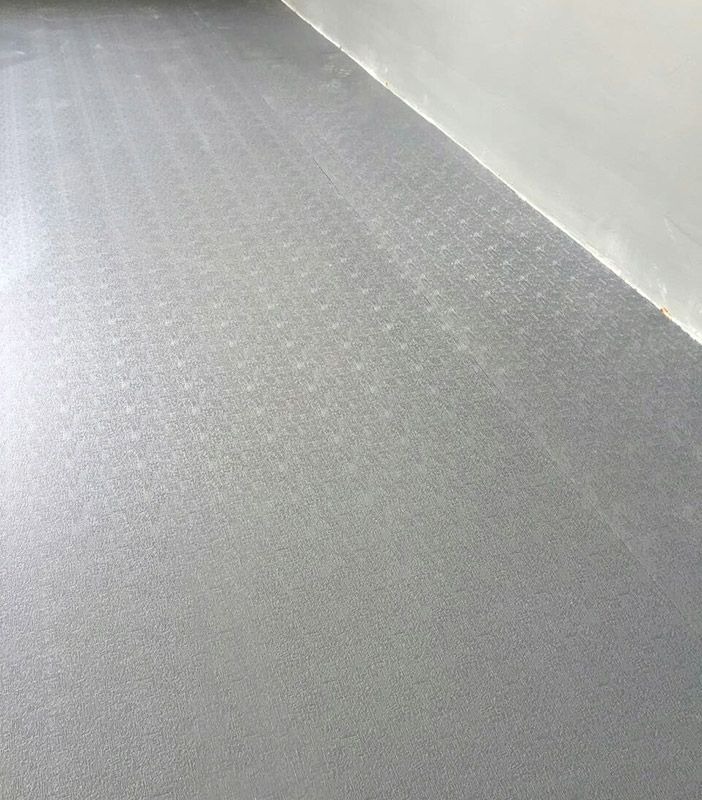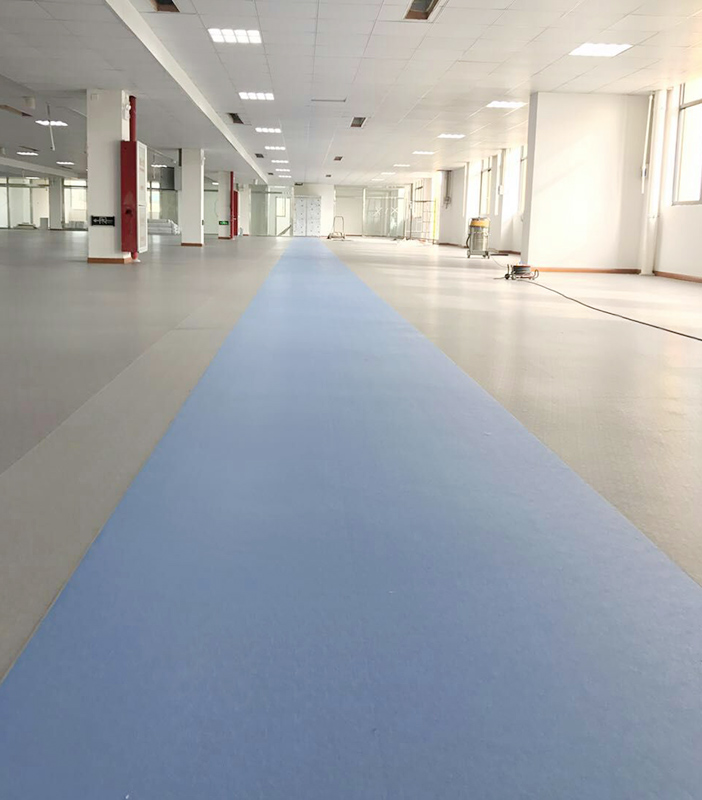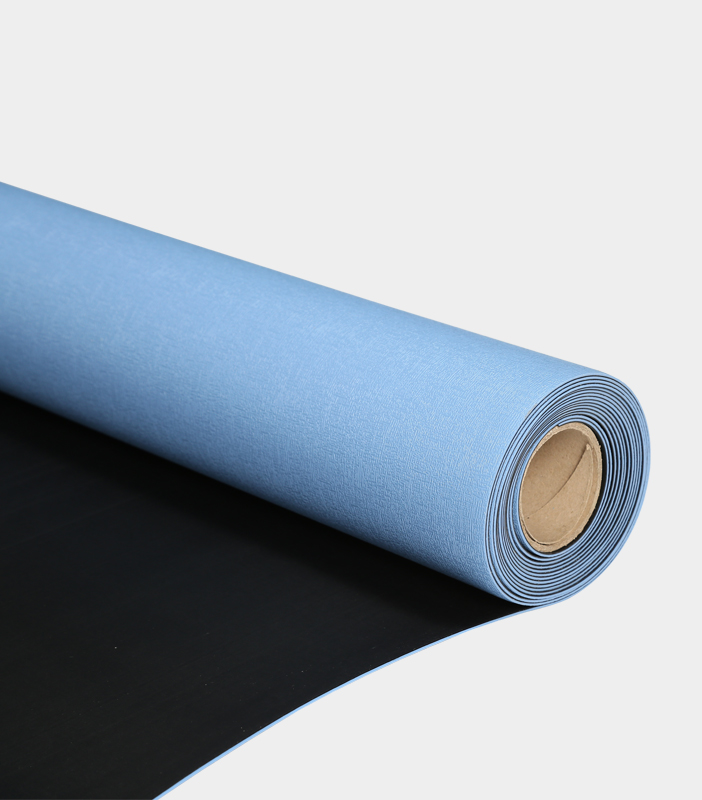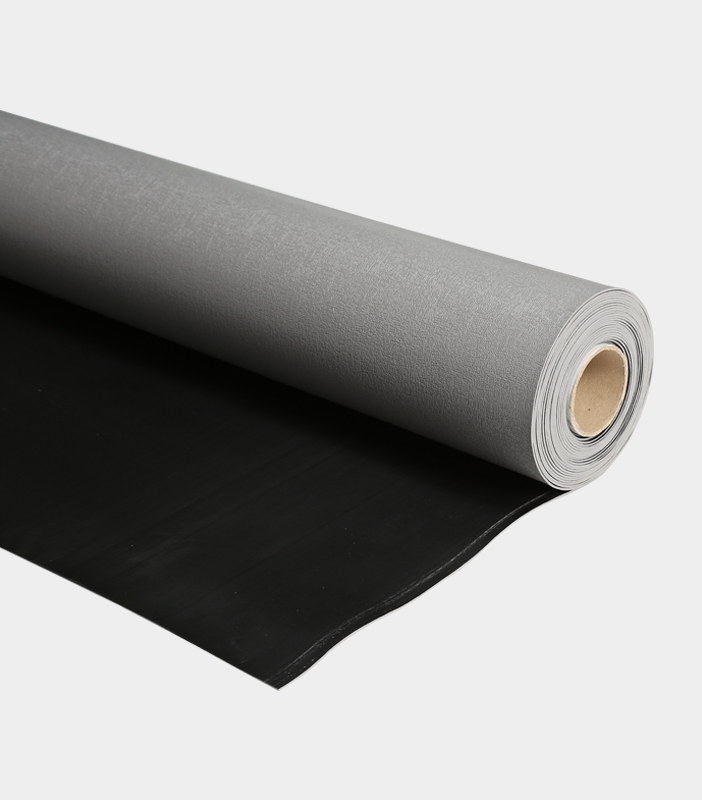Permanent anti-static tables and flooring are crucial components in environments where electrostatic discharge (ESD) control is necessary to protect sensitive equipment and personnel. To ensure their effectiveness and prolong their service life, proper maintenance is essential.
Permanent Anti-Static Table Maintenance
1. Regular Cleaning: Start by keeping your Permanent Anti-Static Tables clean. Dust and debris can accumulate on the surface and compromise its conductivity. Use a soft, lint-free cloth and an approved ESD cleaner to wipe down the table regularly.
2. Avoid Harsh Chemicals: Avoid using abrasive or harsh chemicals for cleaning as they can damage the surface and the ESD properties. Stick to recommended ESD-safe cleaning solutions.
3. Check Grounding Connections: Ensure that the grounding connections of the table are intact and functioning correctly. Faulty grounding can reduce the effectiveness of the table in dissipating static charges.
4. Prevent Sharp Objects: Discourage placing sharp or abrasive objects directly on the table. These can scratch the surface and compromise its ESD properties.
5. Avoid Excessive Weight: Permanent Anti-Static Tables have weight limits. Do not exceed these limits, as overloading can cause structural damage over time.
6. Inspect for Wear and Tear: Regularly inspect the table for any signs of wear and tear. If you notice any damage or loss of conductivity, address it promptly to prevent further deterioration.
Permanent Anti-Static Flooring Maintenance
1. Daily Cleaning: Perform daily cleaning routines to remove dust and debris from the Permanent Anti-Static Flooring. This can be done using an ESD-safe floor cleaner and a soft mop.
2. Periodic Deep Cleaning: Schedule periodic deep cleaning of the flooring to remove stubborn contaminants and maintain its conductivity. This can be done using specialized equipment or professional cleaning services.
3. Static Control Footwear: Ensure that personnel working in the area wear appropriate static control footwear to minimize wear and tear on the flooring. Regular shoes can cause abrasion over time.
4. Check Grounding Systems: Regularly inspect the grounding systems for the flooring to ensure they are in good working condition. Proper grounding is essential for ESD control.
5. Maintain Humidity Levels: Controlling indoor humidity levels can help enhance the effectiveness of Permanent Anti-Static Flooring. A humidity level of around 40-60% is generally recommended.
6. Address Repairs Promptly: If you notice any tears, scratches, or other damage to the flooring, address it promptly to prevent further deterioration. Small repairs can prevent more extensive and costly replacements.
General Maintenance Tips for Both Tables and Flooring
1. Employee Training: Ensure that employees are trained in ESD control procedures, including proper cleaning and maintenance of Permanent Anti-Static Tables and Flooring.
2. Regular Inspections: Implement a routine inspection schedule for both tables and flooring to identify maintenance needs early and prevent costly replacements.
3. Record Keeping: Maintain records of maintenance activities, including cleaning schedules, inspections, and repairs. This documentation can help track the history of your ESD control measures.
4. Consult Manufacturer Guidelines: Always refer to the manufacturer's guidelines and recommendations for maintenance specific to your Permanent Anti-Static Tables and Flooring.
Proper maintenance of Permanent Anti-Static Tables and Flooring is essential to ensure their longevity and effectiveness in controlling electrostatic discharge. By following the recommended maintenance practices, including regular cleaning, proper grounding, and addressing damage promptly, you can extend the service life of these critical components in your ESD control program. Remember that a well-maintained ESD control environment contributes to the protection of sensitive equipment and the safety of personnel.

 简体中文
简体中文 English
English España
España Deutsch
Deutsch